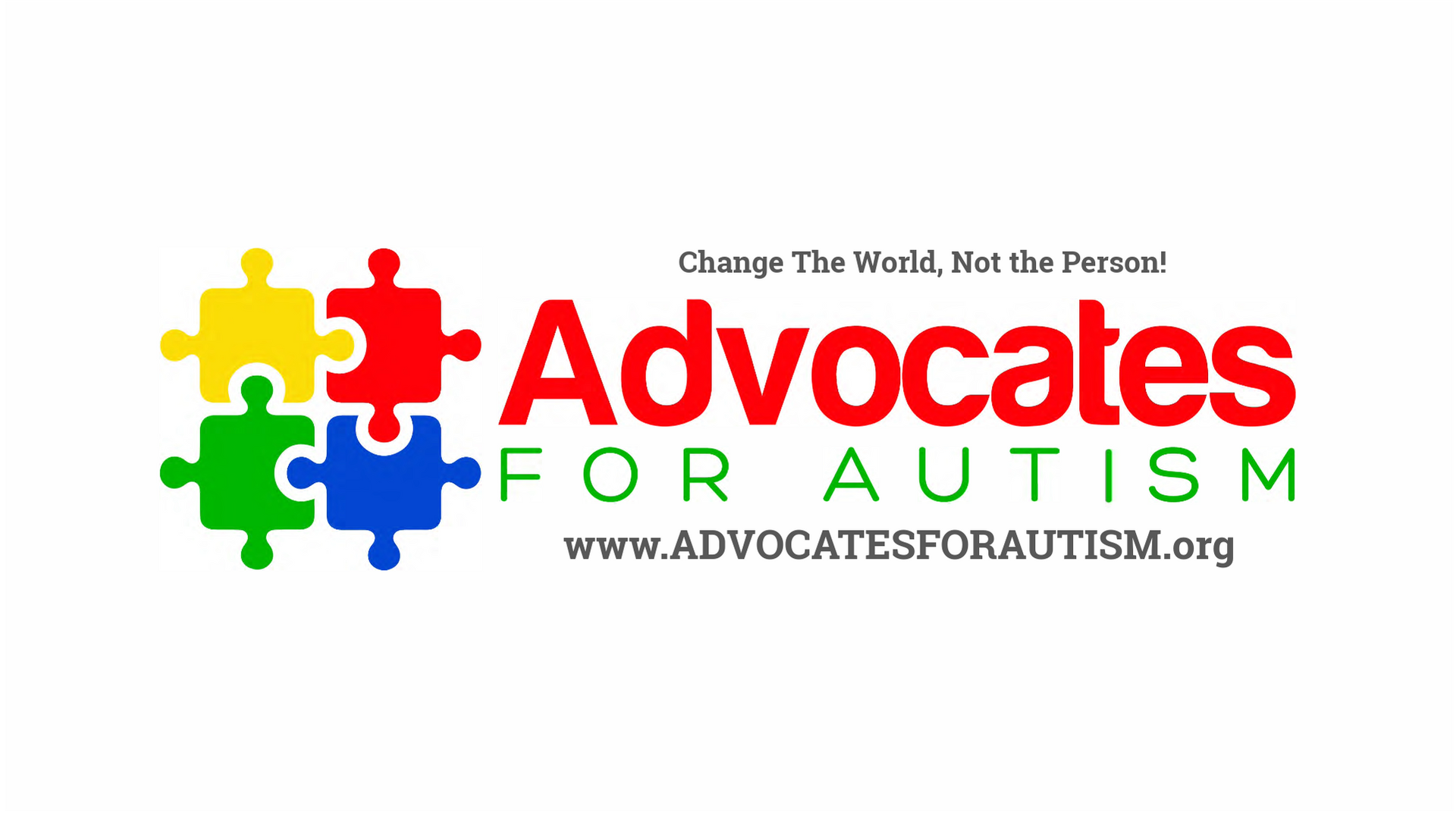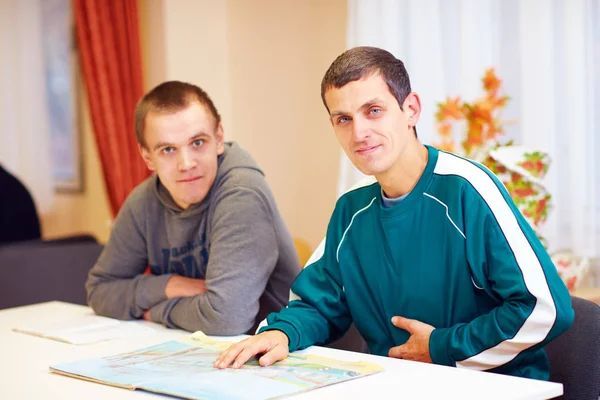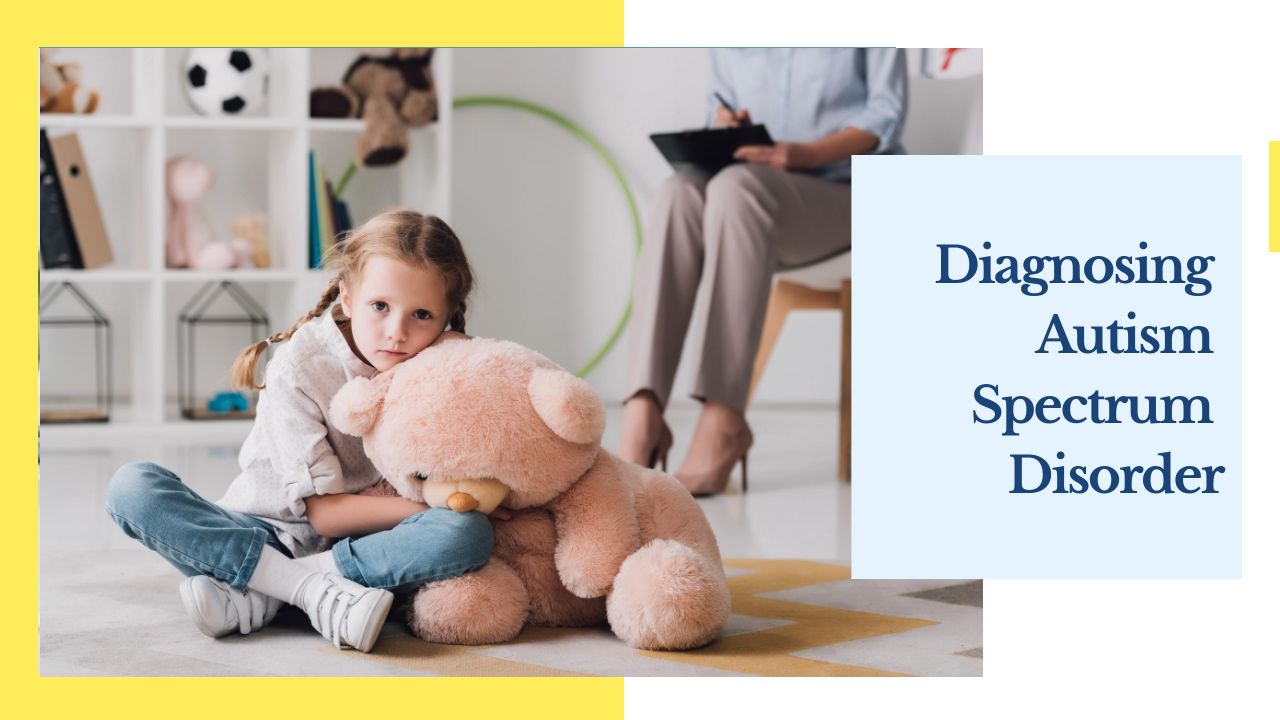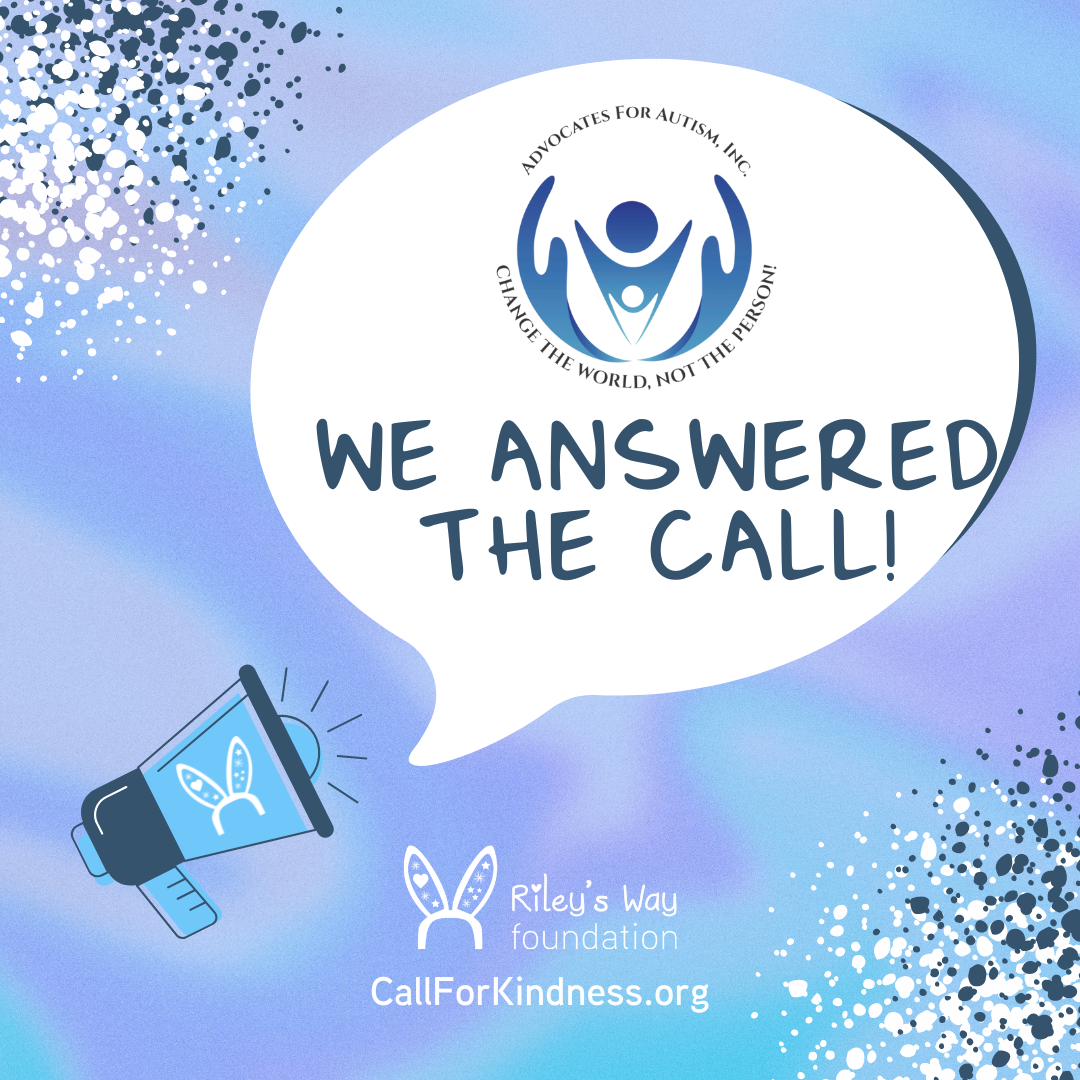An Interview with a Psychiatric Nurse Practitioner Student

REPRINT FROM SEPTEMBER 2011: Please note: All questions are asked by a Binghamton University (SUNY) NursePractitioner Student
NP Student: What are yourperceptions about autism, In terms of how it originated in children?
Sally: It is believedto be a neurobiological disorder, that is, that there is a variety of reasonsfor the onset. Either there is autism that appeared from birth on andwhen a family looks back they can usually see it in videos of their child andthen perhaps the environment triggered it to a more severe form or there is theregressive type of autism where the child was talking and developing normallyand then suddenly halted and began to regress. Generally, ourbelief is that there is something genetic being triggered by an environmentaltoxin.
NP Student:
How can health care providers be more open and welcoming tothese children and their family?
Sally : By learningthe peculiarities - for instance, my son would shriek, kick and scream andfight whenever we pulled into the parking lot for the doctor's office. He hadexperienced many ear infections and not great experiences. He wouldscream the entire time. I would try to tell the doctors back when my sonwas only 9 months old, even back in 1993, that my son had autism. Thatthis was not normal. So doctors and practitioners need to listen to theparent. If the child is a difficult patient, then perhaps schedule thevisit for a time when the office is less busy. Absolutely no waiting canbe tolerated. This is the worst thing to do for a patient withautism. Listen and be tolerant of the parent's requests. If yoususpect autism, also test for immune system and GI tract disorders.
NPStudent: How can we make them feel safeduring check-ups in our clinic?
Sally: By knowingthat after you do something, for example a weight, height and then temperature- you need to do that every time and in that order. The child with autismhas an extremely good memory and needs to have these done in the sameorder. The mother needs to know that you are trusting herinstincts. The child needs to know that you are serious aboutmedicine - meaning if you want to check the ears, then get down to business anddon't use a lot of words and don't spend a lot of time trying to talk them"into it". Just say "I'm going to look in your ears withthis light" and then do it. A child with ASD needs to know theexact names of things. My son knew that it was called an otoscope andthat they were eustachian tubes, but he needed to be respected for his knowledgeand so did the mother who spent a lot of time trying to learn all she can abouther child.
NPStudent: What resources would yourecommend to these parents who need answers?
Sally: There aretwo really great resources - one is the Autism Research Institute and the otheris of course, this website. There's now almost too much informationout there and so by writing these articles and posting information, I can helppoint the parent or teacher where they need to go so they don't waste precioustime or get overwhelmed.
NPStudent:
Howdo you differentiate between delayed development and/or behavioral problems andAutism?
Sally : Delayed development is just that... delayed butthe key is that even though it's delayed, it's EVENLY delayed. With autism,there is uneven development. For example, my son (again as an example)could sit up and feed himself a Zwieback cracker/toast but never rolledover. He could tell you the word "off" when you turned off alight at the age of 10 months, but couldn't mimic you when you kissed orsomething like that.
NPStudent:
Are there any tools or diagnostic teststhat aid in diagnosing Autism that will help providers with early diagnosis?
Sally: The CARS -Child Autism Rating Scale - Has a version that's quick for docs to do as aprescreen when the child is 18 months and then there's the ADOS AutismDiagnosis Observation Scale.
NP Student: What is thenext step after diagnosis for the A) family B) child and C) health careprovider?
Sally:A. To grieve a bit and let the feelings and emotions bethere and be real. Don't deny them. Make the anger work for you byfinding the way to reach your child. You need to act fast, but notovernight. It's a process. Connect with other parents. Call yourschool district if the child is over 3 and your health department if they areunder 3 to get services going.
Sally: B. The childneeds to still be as accepted as the child you had the hour before you foundout. In other words, it's still the same child that was there allalong. Disclosure and framing of autism in a positive way to your childis essential. Don't be caught down the road when they are older trying toexplain autism to them. Be honest at the beginning.
Sally: C. Be there with resources that are listedon this website, Examiner. Don't discount or make light ofthe disorder. Connect them with other families and respect whatevertherapy or treatment they would like to seek out. If you don't providethat treatment, then refer them to someone who does. As long as it is nota harmful, invasive form of treatment, all forms of therapy and treatmentshould be considered. It's an individualized disorder. No two childrenare alike and so no two children with autism are alike.











